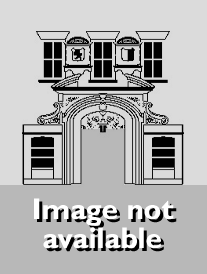
The record of the International Court of Justice and its predecessor, the old Permanent Court of International Justice, extends back now for about three quarters of a century. During that time the Court has been transformed from a Western (Eurocentric) tribunal in terms both of its judges and also the disputes it was called on to resolve, to an institution broadly representative of the layered, pluralistic world community of today. This is reflected in the fiercely contested battles for election to the Court or the regular triennial elections, and also in the angry denunciations of the Court as a political' tribunal rendering political' decisions, launched by some national foreign Ministry spokesmen in reaction to Court judgments involving their own states or what they consider as their own vital interests. Within the Court's ranks in recent years there has been a marked philosophical division between those judges (usually from Western or Western-influenced states) who have sought to maintain traditional positivist, strict construction (neutral') approaches, and those who would in American legal Realist-style, essay a more frankly critical, liberal activist role in the up-dating or re-making of old legal doctrines inherited from earlier eras in international relations. The intellectual-legal conflicts within the Court are canvassed in some of the major political-legal cases of recent years (South West Africa and Namibia; Nuclear Tests; Western Sahara; Nicaragua v. US). The contemporary role of the Court and its relation to and cooperation with other principal United Nations (especially the General Assembly) organs, in World Community problem-solving, are fully explored, interms of the potential problems but also the opportunities and challenges for the Court and its judges today in an historical era of transition and rapid change in the World Community.